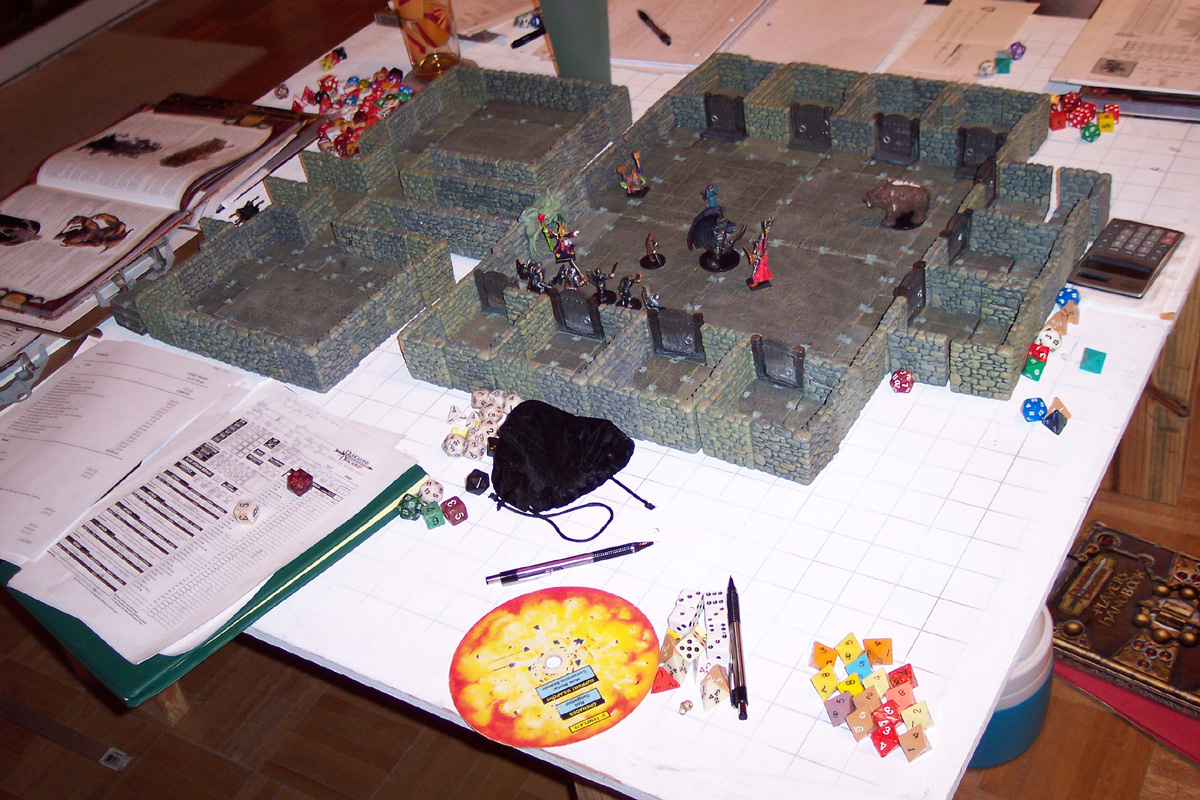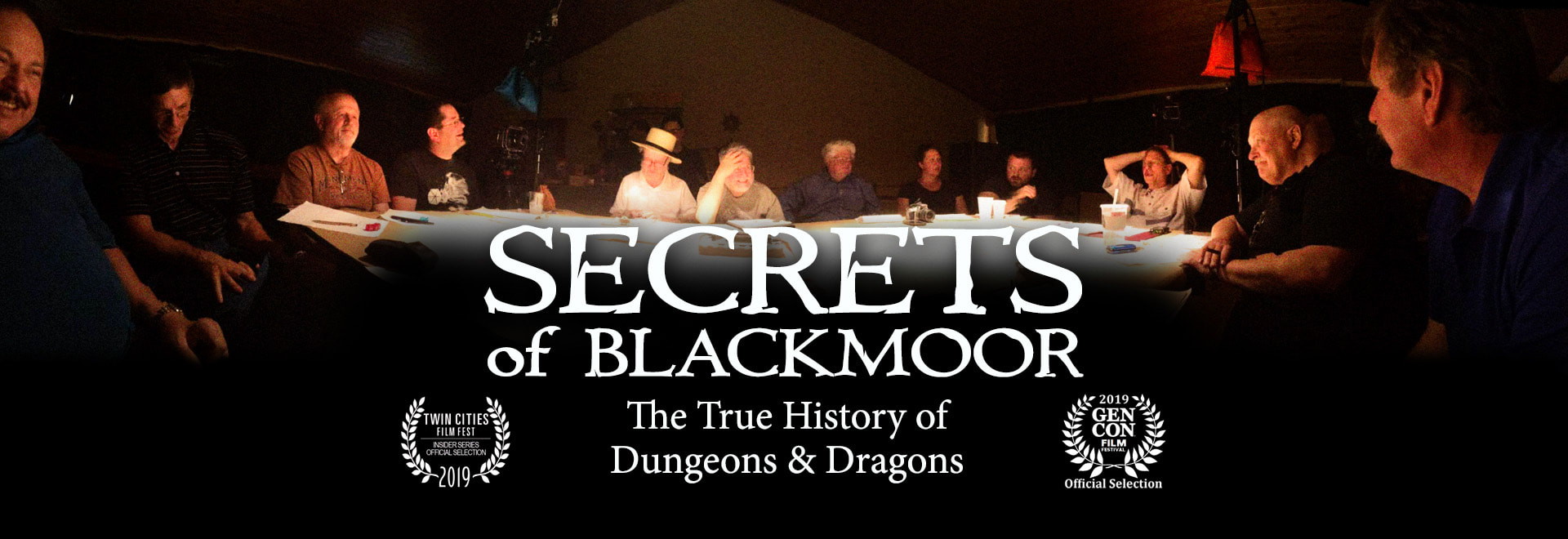I have never heard of David Wesley, and I though Dave Arneson was like some side player in Gary's game?!? I have always heard Gygax created the game. In fact my brother played before me and so when I first tried D&D a few years ago I already knew the name Gary Gygax in passing. Is there somewhere I can get all of this lore and back story?

en.wikipedia.org

en.wikipedia.org
David Wesely was a wargamer in the Twin Cities area who ran several scenarios, the first of which (in 1969) was a Napoleonic-era one called Braunstein after the German (or Prussian?) town it was set in. The various players were assigned roles like local military leaders, mayor of the town, town banker, university chancellor, and so forth. The idea being to have them act in the roles of and negotiate, playing out the events leading up to a wargame. But legend has it that the players got so wrapped up in playing their characters that they never got to the actual wargame battle part. Wesely runs similar scenarios (and the original one again) nowadays at GaryCon. Because the game was very popular in their wargaming club, he ran a few more similar scenarios with different settings, one of which was a Latin American banana republic.
Dave Arneson was inspired by these games to start his own "medieval-style Braunstein" called Blackmoor in 1971. He initially used some parts of Gary Gygax and Jeff Perren's then-new Chainmail miniatures wargame, with its fantasy supplement and man to man combat appendix to run combat in his game. Arneson seems to have basically invented the concept of an ongoing campaign in which players each run the same individual character over multiple sessions* over a long period of time, and that character advances and increases in power and experience. He also invented the concept of Hit Points,
a multi-leveled labyrinthine dungeon under a castle as a place of fantastic exploration, and
some other concepts.
Dave pitched his game as a potentially publishable concept to Gary Gygax (who had done a lot of wargame design work and worked for Guidon Games, Chainmail's original publisher), and Gary took his ideas and fleshed them out and expanded on them to create Dungeons & Dragons, first published at the beginning of 1974.
[for best results, watch on YouTube directly ] In honor of the fortieth anniversary of Dungeons & Dragons , and for a change of pace, ...

playingattheworld.blogspot.com
Secrets of Blackmoor is a recent documentary movie which dives deep into the history of Blackmoor and its inspiration of/becoming D&D.
Secrets of Blackmoor is a 90 Minute Feature Documentary about the birth of the “Mother of all Games;” Dungeons and Dragons.
www.secretsofblackmoor.com
wait who is Lorrain WIlliams? was there a woman involved in the creation of D&D? if so why don't we talk about her more?
Lorraine Williams is an heiress to the Buck Rogers estate and licenses, along with her brother Flint Dille, a well known writer and producer of TV and cartoon properties including GI Joe and the Transformers (the GI Joe character Flint is named after him). Gary met and befriended Flint when Gary went to Hollywood in the early 80s to try to get D&D made into a movie and TV show and other media properties. Lorraine came on board as an investor in 1984 or so after TSR had been doing very badly financially for a couple of years, and became an executive helping run the company. In 1985 she made corporate maneuvers to buy out Gary's business partners the Blume brothers, who held controlling shares of TSR, and
eventually forced Gary out of the company. She ran TSR from about 1985 until they eventually succumbed to further financial problems, and sold out to Wizards of the Coast in 1997.
A few excellent books have been written about the development, inspiration, and history of D&D in the last ten years or so,
Playing at the World by Jon Peterson generally the best and most comprehensive among them (although being ten years old now, some additional historical details have come to light since it was published). His more recent
The Elusive Shift focuses more on the evolutionary period of Roleplaying games as a concept developing out of wargaming in the 1970s; it's shorter and an easier read, covering somewhat different ground.
Peterson's
Game Wizards details the business side of TSR, how it was created and how it ran up until Gary Gygax's ouster in 1985.
Ben Riggs'
Slaying the Dragon gives light coverage of those first 10-12 years then focuses mainly on the Lorraine Williams years of TSR, '85-'97.
*Although this same idea in an American Wild West setting was also hit upon by some British wargamers around the same time, in parallel with Braunstein and Blackmoor:
In 1970, a group of UK gamers located in Bristol published the first edition of their Western Gunfight rules, which recorded systems they ...

playingattheworld.blogspot.com






